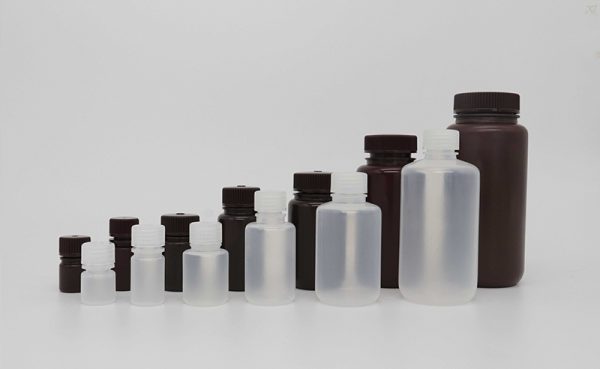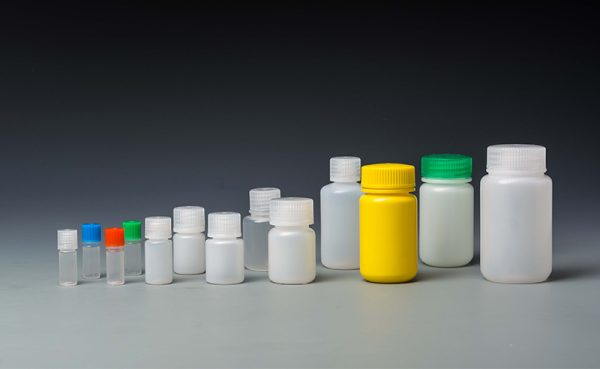PRODUCT DESCRIPTION CD4 (clone SK3) is a mouse monoclonal antibody that recognizes the extracellular domain of CD4, a membrane glycoprotein of T lymphocytes. This antibody belongs to the Biotium Choice list of select antibodies that have been validated and optimized in-house for optimal performance. The antibody is available conjugated to CF® Dyes and Astral™ tandem […]
LipidSpot™ Lipid Droplet Stains
LipidSpot™ dyes rapidly stain lipid droplets in live cells or fixed cells, with no wash step required. Available with green or red/far-red fluorescence. PRODUCT DESCRIPTION LipidSpot™ stains are fluorescent dyes that rapidly stain lipid droplets in live or fixed cells, with no wash step and minimal background. Rapidly and specifically stain lipid droplets Minimal background, […]
α-Bungarotoxin, CF® Dye and Other Conjugates
Conjugates of α-Bungarotoxin labeled with a selection of our CF® Dyes and other labels. Labeled α-bungarotoxin conjugates can be used for staining nicotinic acetylcholine receptors at neuromuscular junctions in tissue sections. PRODUCT DESCRIPTION Alpha-bungarotoxin is a polypeptide snake toxin that binds to the nicotinic acetylcholine receptor found at the neuromuscular junction with high affinity. Fluorescent […]
DEL for Protein-Protein Interaction
Protein-protein interactions (PPI) are physical and chemical contacts between two or more protein molecules. As a fundamental aspect of almost all biological processes, any interference of the sophisticated PPI network could result in potential physiological disorder or disease. Although some PPI networks have been well-established for their roles in tumor development and therefore have been […]
DNA-Encoded Library (DEL) for Compound Optimization & Expansion
DNA-encoded library (DEL) technology represents a revolutionary method in drug discovery. Unlike conventional approaches, DEL enables unparalleled exploration of chemical space, leading to the rapid identification of novel potent compounds. Although the importance of DEL screening in hit discovery has been well recognized, the power of DEL technology in compound optimization has only been appreciated […]
DEL for Covalent Ligand Discovery
Although many covalent drugs were serendipitously discovered historically, covalent inhibitors were in general discouraged due to the concerns over their interference with biological assays and potential lack of selectivity. Over the past decades, rational design of covalent inhibitors has gained traction and garnered increased interest, particularly due to their stronger potency, prolonged target engagement, increased […]
DEL for Unconventional Applications
The advancement of DNA Encoded Library (DEL) technology has been significant in recent decades. Beyond its conventional role in small molecule drug discovery, its integration into emerging fields has begun to garner increased interest. This can be attributed to its large chemical space, abundant Structure-Signal Relationship (SSR) data, and inherent DNA conjugation properties. In this […]
Vernalis announces a drug discovery collaboration with C4X Discovery in inflammatory disease
Vernalis (R&D) Limited (“Vernalis”), a wholly owned subsidiary of HitGen Inc., and C4X Discovery (“C4XD”) are pleased to announce a collaboration to identify modulators of an undisclosed high-value target involved in inflammatory disease. Within the collaboration, Vernalis will use its state-of-the-art protein science and Hit ID platforms to produce the target protein and to identify […]
What is a Microsphere? Definition and Explanation
A microsphere is not the same as a microcapsule, because microcapsules typically consist of a flexible (deformable) shell encapsulating a fluid, which might be liquid or gas. Microspheres always have a solid shell. Even if the microsphere is technically hollow (containing gas inside), its shape is not significantly flexible or deformable. A microsphere is not […]
Current update on nanoplatforms as therapeutic and diagnostic tools: A review for the materials used as nanotheranostics and imaging modalities
In the last decade, the use of nanotheranostics as emerging diagnostic and therapeutic tools for various diseases, especially cancer, is held great attention. Up to date, several approaches have been employed in order to develop smart nanotheranostics, which combine bioactive targeting on specific tissues as well as diagnostic properties. The nanotheranostics can deliver therapeutic agents […]







